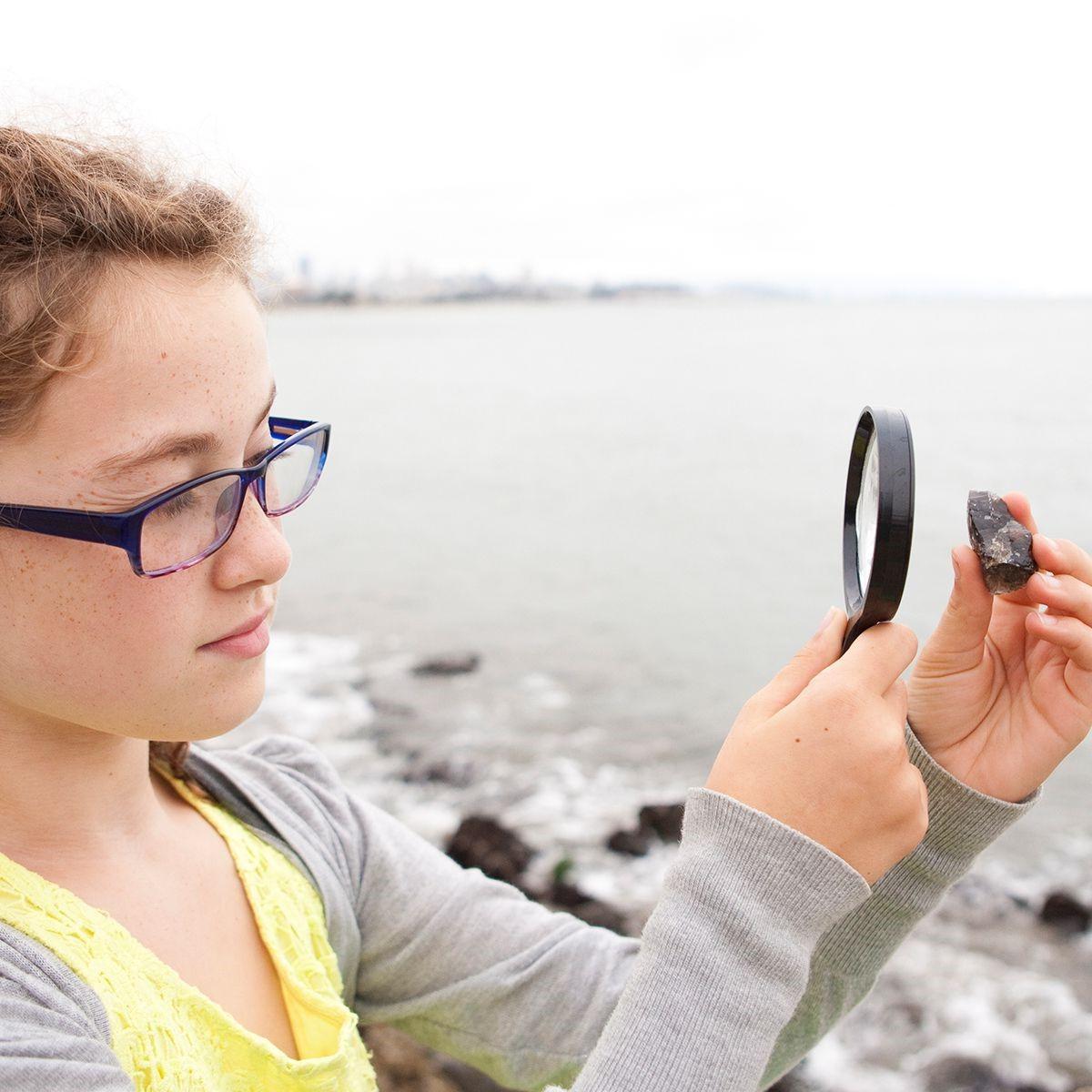Regional Glaucoma Service Near Me: Trusted Experts for Eye Health And Wellness
Regional Glaucoma Service Near Me: Trusted Experts for Eye Health And Wellness
Blog Article
The Duty of Advanced Diagnostic Equipment in Identifying Eye Disorders
In the world of ophthalmology, the usage of advanced diagnostic devices has actually revolutionized the very early identification and management of different eye problems. As the need for exact and prompt medical diagnoses proceeds to grow, the assimilation of cutting-edge devices like optical comprehensibility tomography and aesthetic area testing has become essential in the world of eye treatment.
Value of Very Early Medical Diagnosis
Very early diagnosis plays a critical duty in the effective management and treatment of eye conditions. Prompt recognition of eye conditions is important as it enables for timely treatment, potentially preventing additional progression of the illness and minimizing long-term problems. By detecting eye problems at a beginning, doctor can offer proper therapy plans tailored to the particular problem, eventually leading to much better outcomes for individuals. Very early diagnosis enables individuals to access essential support solutions and resources sooner, improving their overall top quality of life.

Technology for Identifying Glaucoma
Cutting-edge diagnostic innovations play a vital function in the early discovery and monitoring of glaucoma, a leading reason for permanent loss of sight worldwide. One such modern technology is optical coherence tomography (OCT), which offers detailed cross-sectional photos of the retina, permitting the measurement of retinal nerve fiber layer density. This measurement is vital in analyzing damages triggered by glaucoma. One more innovative device is visual field testing, which maps the sensitivity of a client's visual field, assisting to find any kind of locations of vision loss attribute of glaucoma. Additionally, tonometry is used to measure intraocular stress, a significant threat factor for glaucoma. This test is crucial as elevated intraocular pressure can bring about optic nerve damage. Furthermore, newer technologies like the usage of fabricated intelligence formulas in examining imaging information are showing appealing outcomes in the early detection of glaucoma. These sophisticated diagnostic devices enable ophthalmologists to detect glaucoma in its very early phases, enabling prompt intervention and better administration of the condition to protect against vision loss.
Role of Optical Comprehensibility Tomography

OCT's capability to evaluate retinal nerve fiber layer density permits for accurate and objective dimensions, assisting in the early discovery of glaucoma even before aesthetic field issues end up being obvious. In general, OCT plays a crucial duty in improving the diagnostic precision and administration of glaucoma, eventually adding to look what i found much better results for individuals at risk of vision loss.
Enhancing Medical Diagnosis With Visual Field Testing
An important element in comprehensive ophthalmic assessments, aesthetic field screening plays a critical role in boosting the diagnostic procedure for numerous eye conditions. By examining the complete level of an individual's aesthetic area, this examination offers vital details regarding the functional honesty of the whole visual path, from the retina to the aesthetic cortex.
Aesthetic field testing is especially beneficial in the medical diagnosis and monitoring of problems such as glaucoma, optic nerve conditions, and various neurological illness that can influence find out this here vision. Through quantitative measurements of peripheral and central vision, clinicians can spot subtle changes that might indicate the presence or development of these problems, also prior to noticeable symptoms take place.
Furthermore, visual area testing enables for the monitoring of therapy effectiveness, helping eye doctors customize restorative interventions to individual people. eyecare near me. By tracking modifications in visual area efficiency with time, doctor can make informed choices about changing drugs, advising medical interventions, or carrying out other ideal procedures to protect or boost an individual's visual feature
Managing Macular Deterioration

Conclusion
In final thought, progressed analysis tools play a crucial duty in determining eye problems early on. Technologies such as Optical Coherence Tomography and visual area testing have actually significantly enhanced the accuracy and performance of identifying conditions like glaucoma and macular deterioration.
Report this page